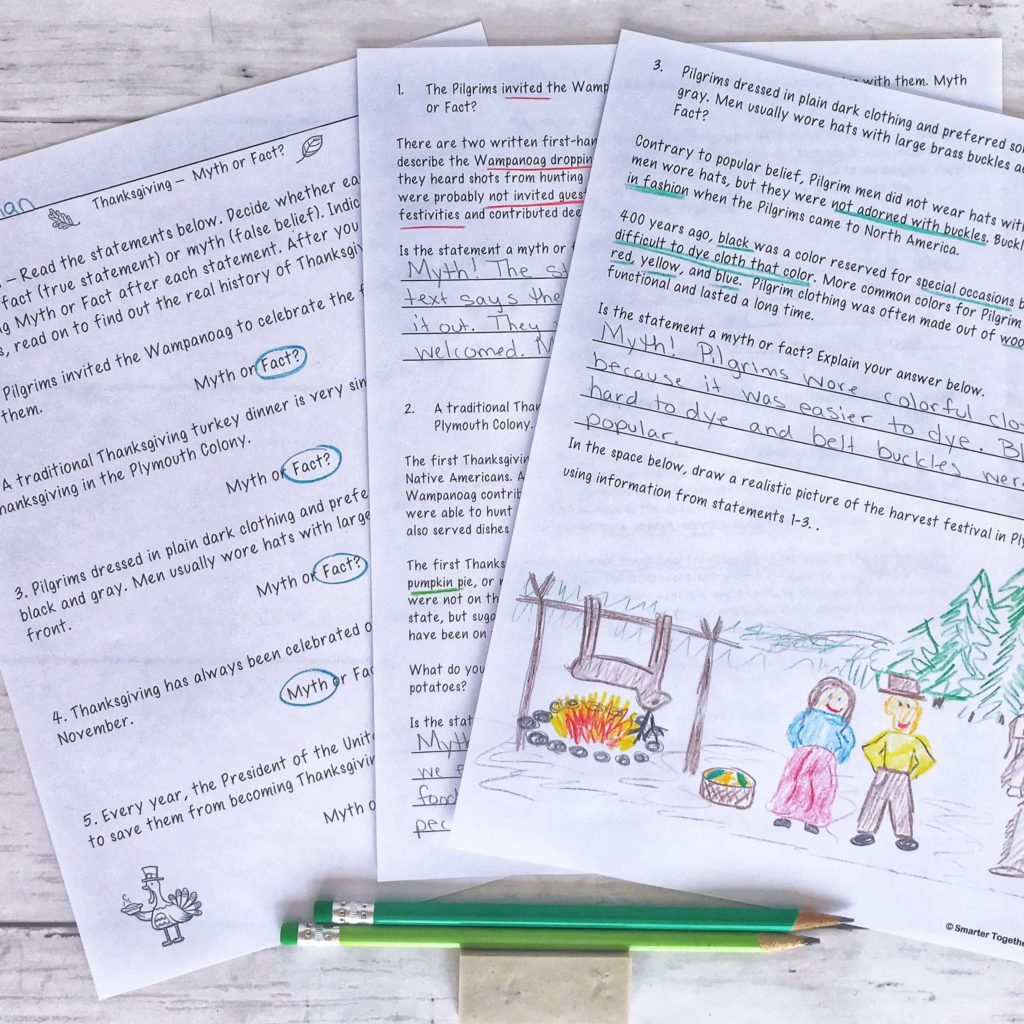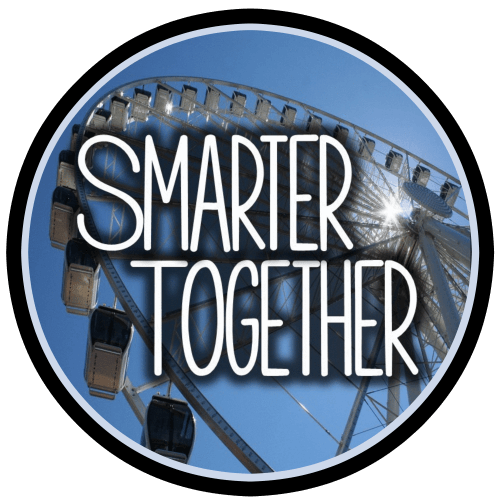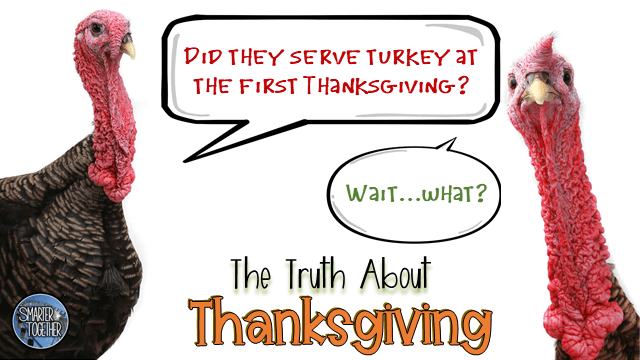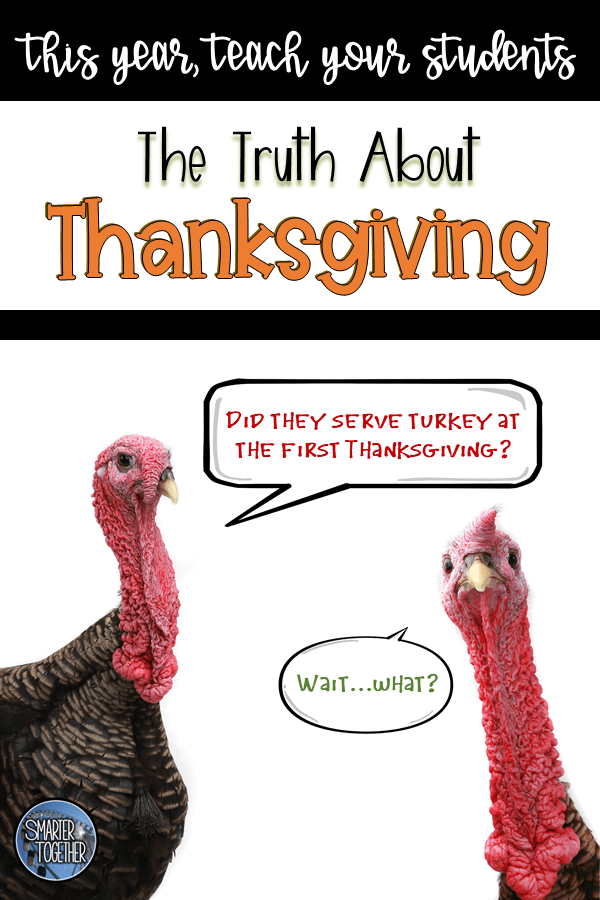This time of year, a lot of discussion surrounds celebrating Thanksgiving in the classroom. Typically, November is filled with many different Thanksgiving activities. Should we continue to commemorate this event? If so, in what way?
The Problem
As a child, I celebrated Thanksgiving in school by hearing the story (and that’s just what it is, a story) of the Pilgrims and “Indians” coming together in friendship to celebrate a good harvest that would sustain them for the long winter. We made crafts with feathers and buckles and sang a few cute songs.
As an adult, I know the story is not an accurate picture of what really happened on that first Thanksgiving. In reality, the Wampanoag tribe helped the Pilgrims survive that first year. They gave them seeds that would grow in North America and showed them how to live off of the land. They were most likely not invited guests of the 1621 harvest festival. According to primary sources, the Wampanoag came to investigate the sound of gunshots and then stayed for part of the festivities. They contributed deer from their hunt to eat at the feast. The Wampanoag and Pilgrims did not live in peaceful harmony. Within fifty years, the Native American population in New England would decline drastically due to disease and fighting. Furthermore, Thanksgiving was not repeated as a yearly event until more than 200 years later.
We Are Part of the Solution
As educators, it is our responsibility to first educate ourselves and then our students. Teaching Tolerance has a wonderful collection of free resources to help educators teach about Thanksgiving (and many other topics) in a socially responsible way. These resources present historically accurate information and ask students to think about Thanksgiving from a Native American perspective.
At the elementary level, I hear students spouting incorrect facts about Thanksgiving. Students are inundated with misinformation at an early age from media and other sources. I wanted to draw attention to my students’ own misconceptions. To do this, I created a Thanksgiving – Myth or Fact reading comprehension activity. This activity has a pretest to draw students’ attention to their own misunderstandings. It also includes an informational passage for each question to provide accurate information. After reading, students go back and examine their original answers. I want my students to question what they believe and seek to find the answers

This year, challenge your students to question stereotypes, seek accurate information, and take action based on their knowledge. By raising critical thinkers, we can make the world a better place.
How do you teach your students about Thanksgiving? What Thanksgiving activities do you include? I wold love to hear from you . Drop me a comment below.
Don’t forget to sign up for the Free Resource Library and newsletter. The Resource Library offers exclusive freebies to use with your students today!



